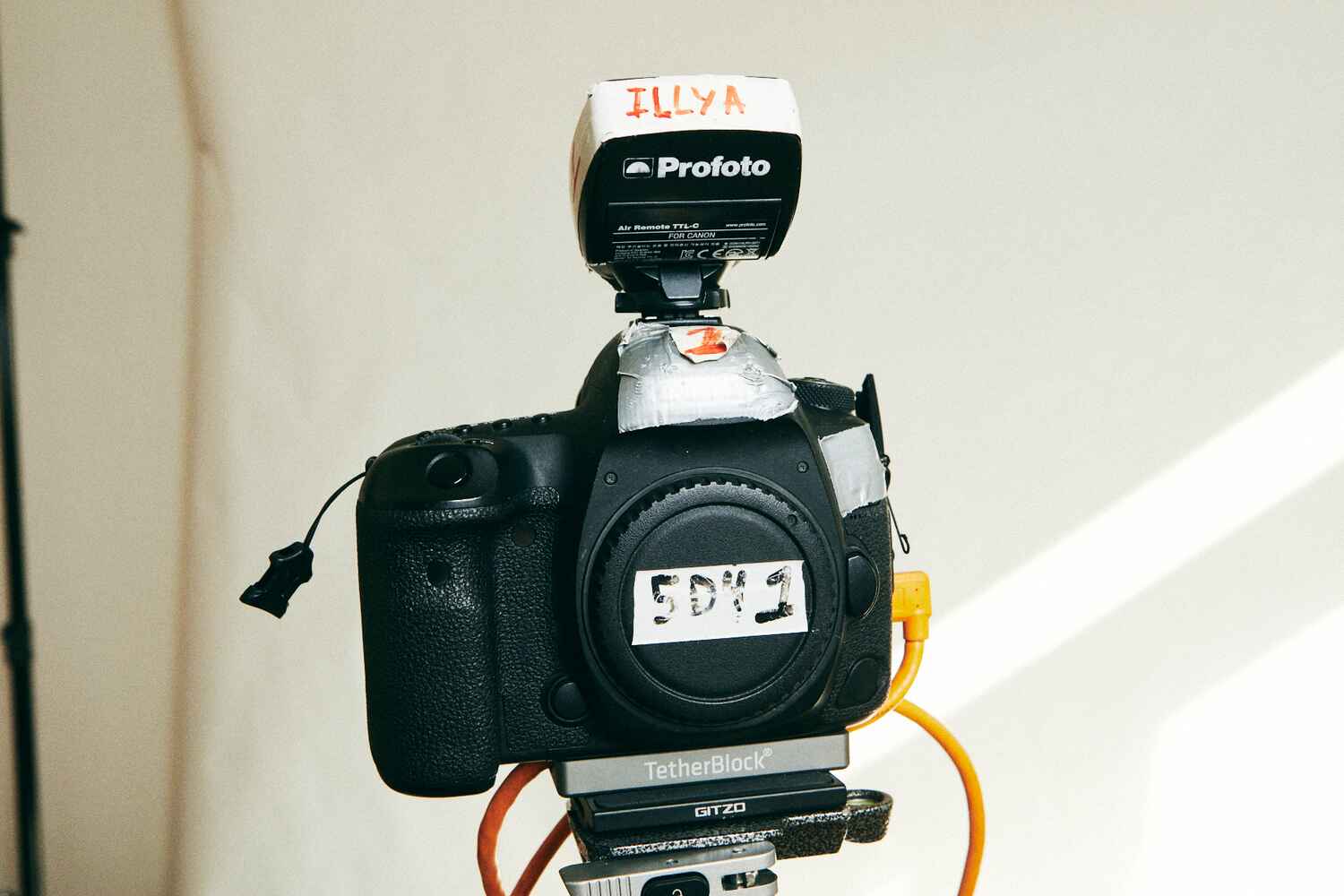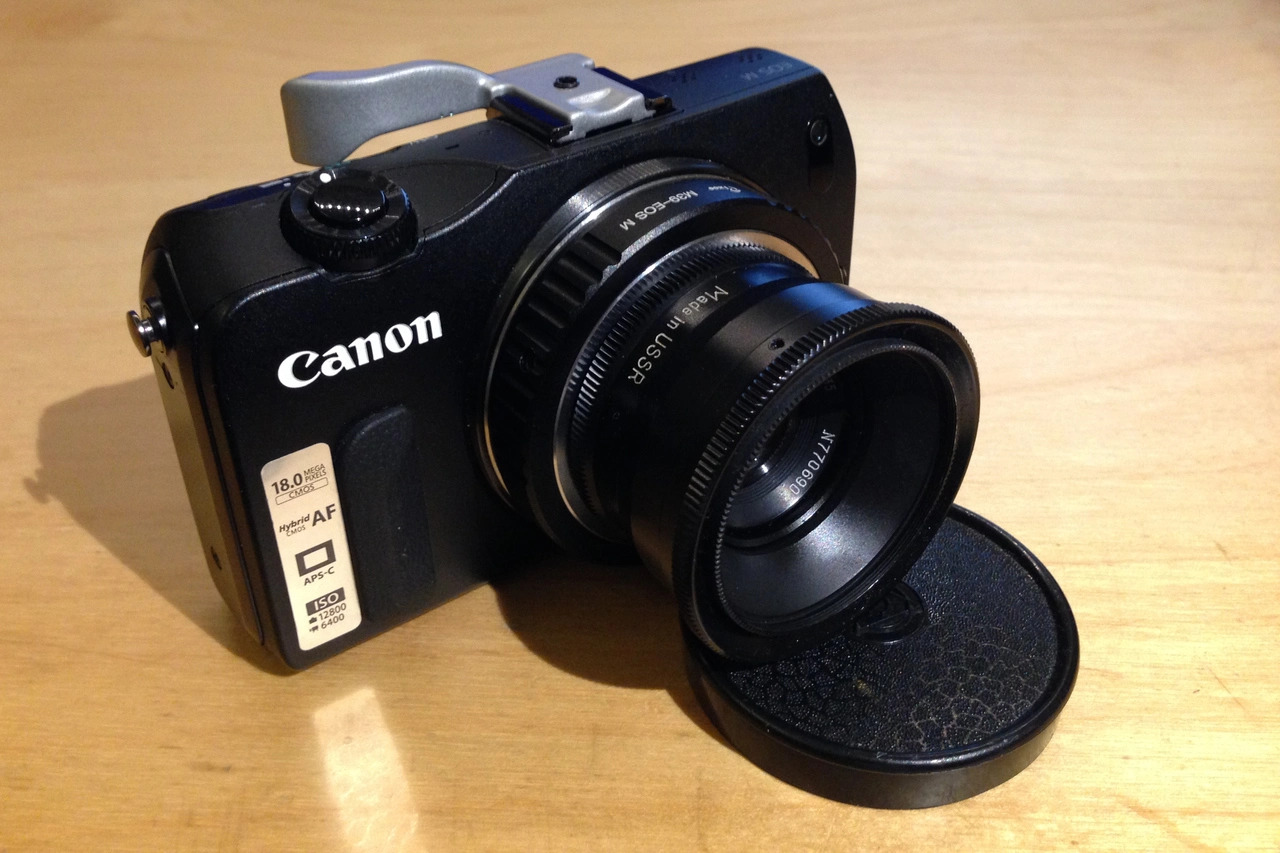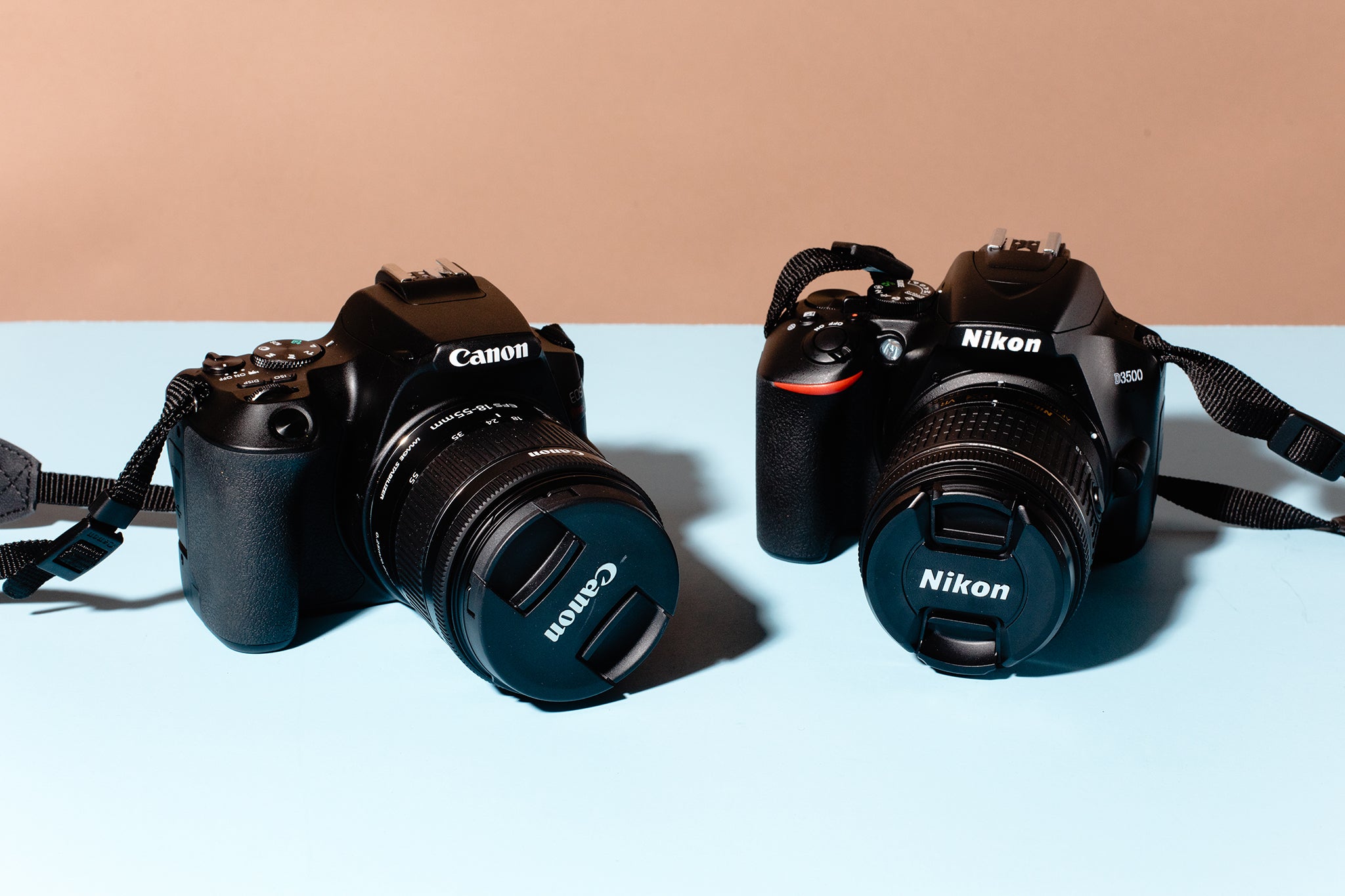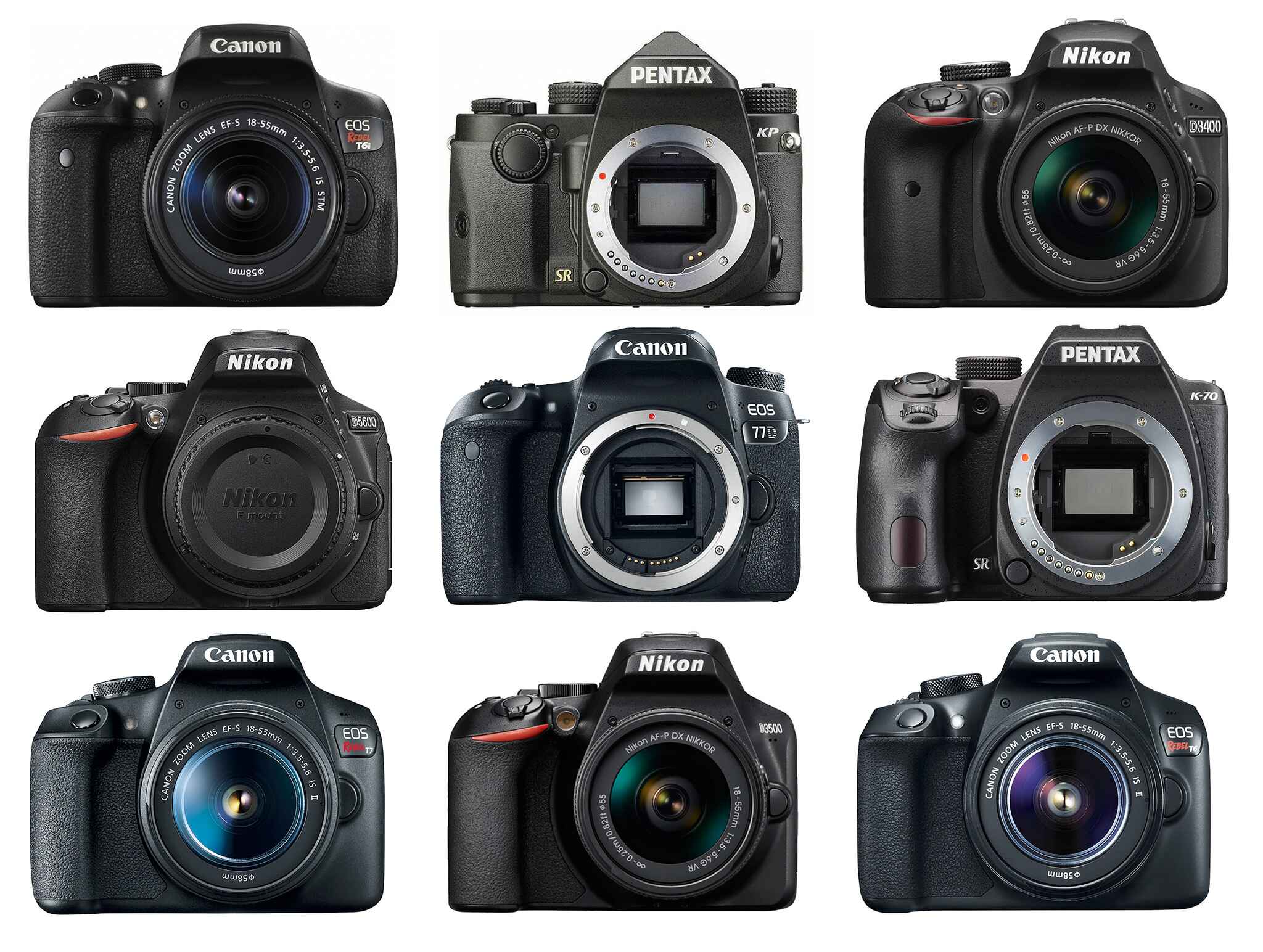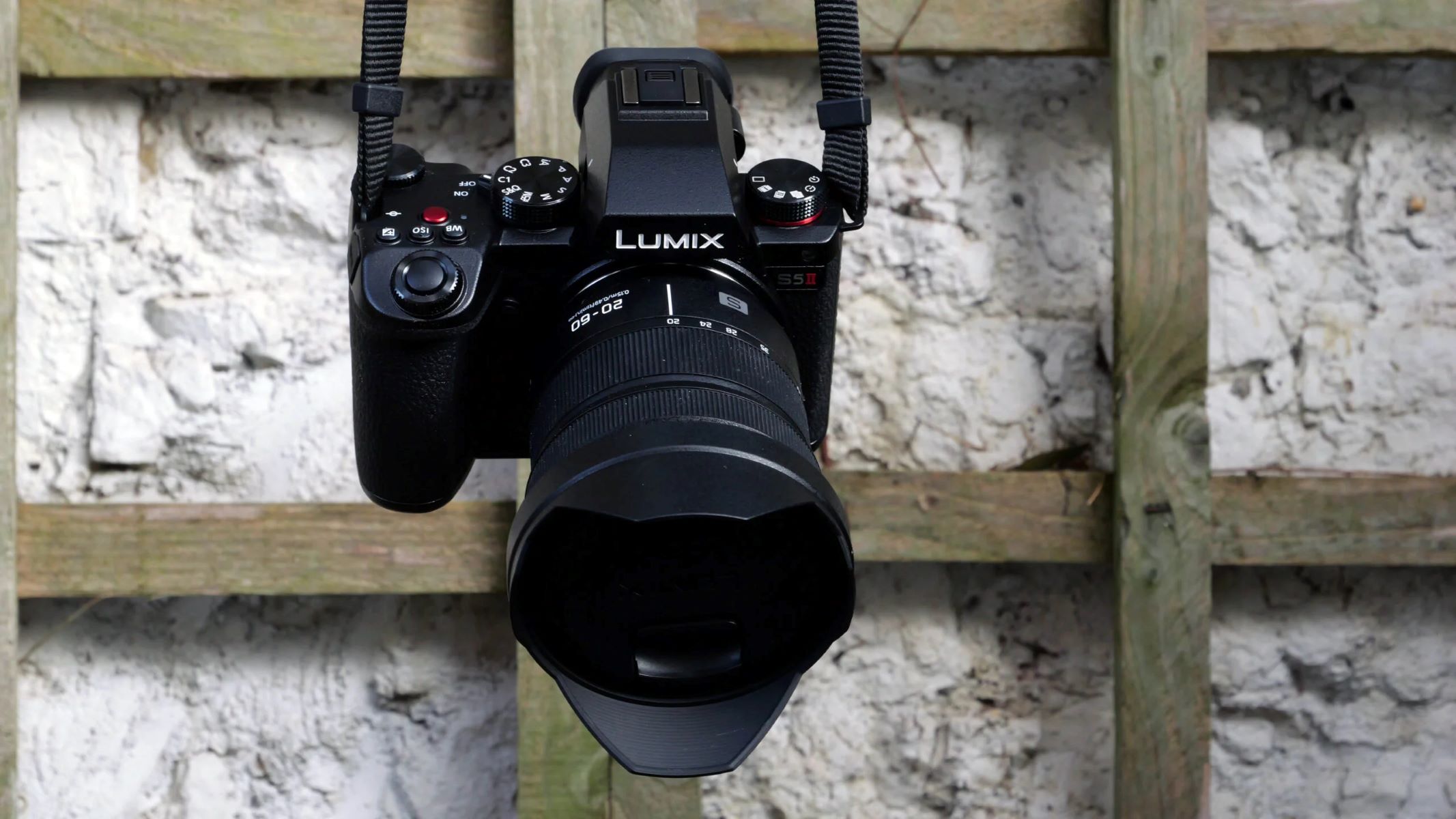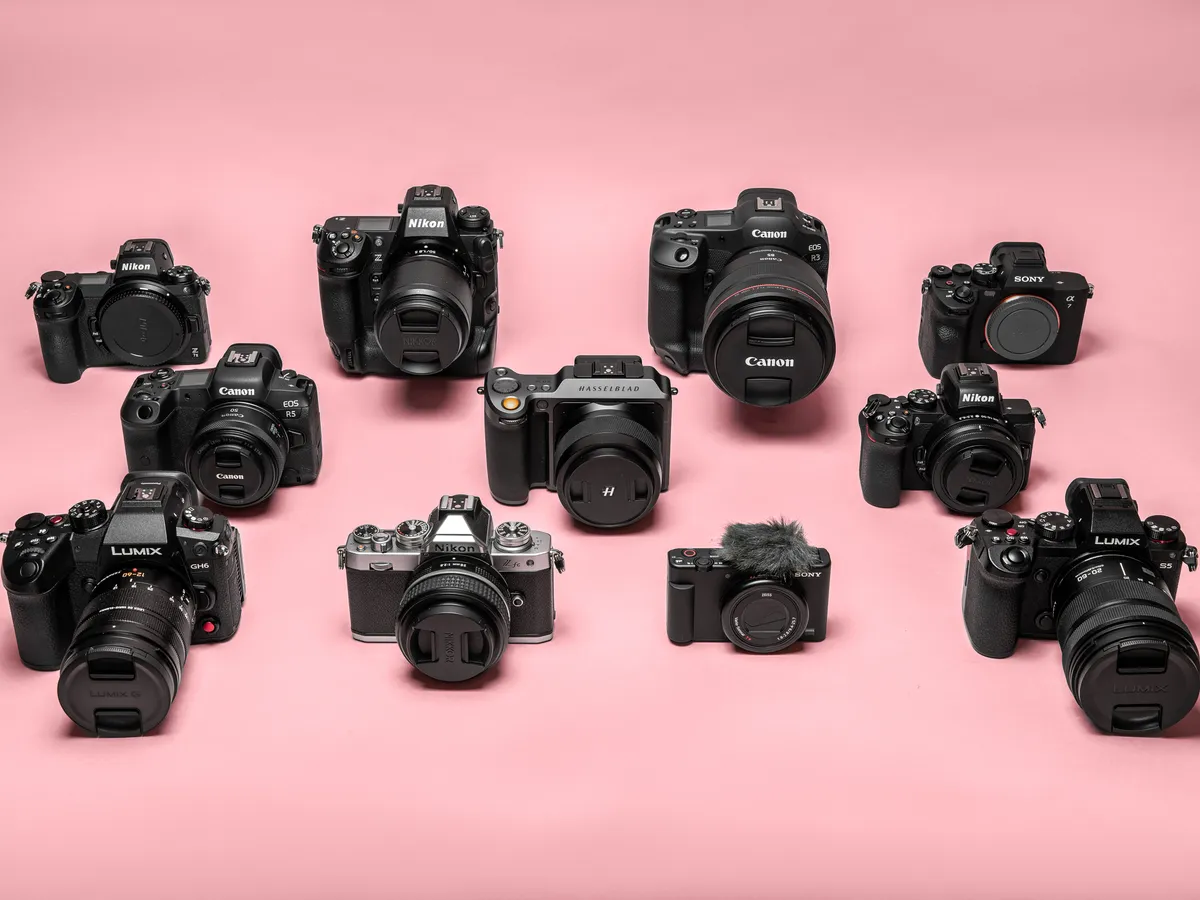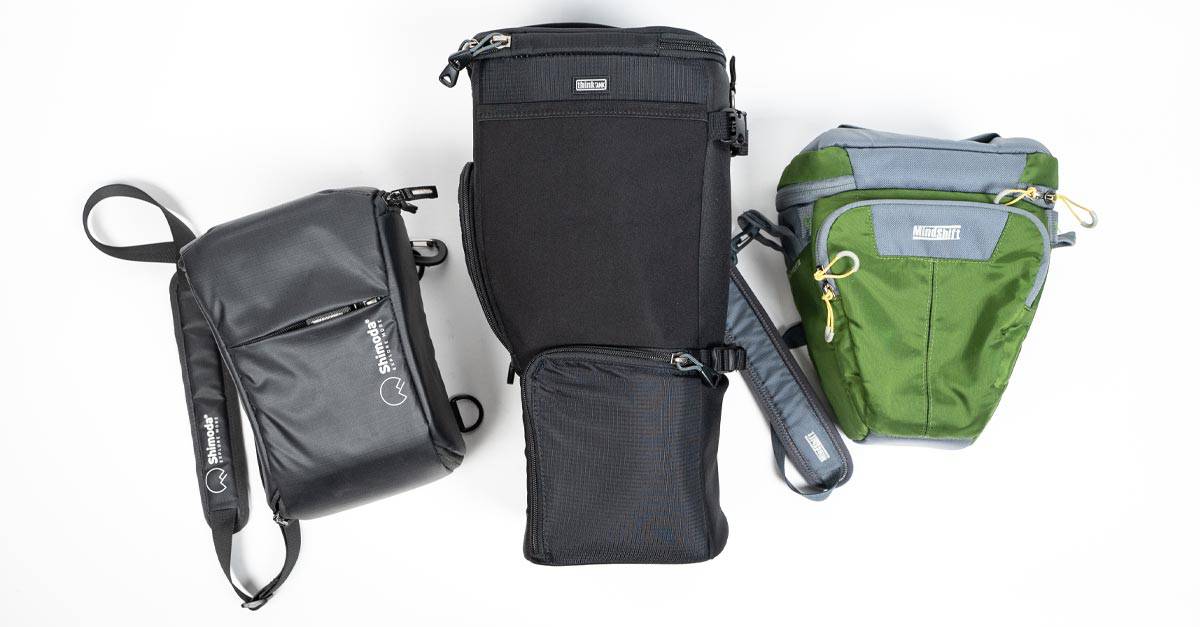Introduction
Welcome to our guide on how to upload pictures from your Canon EOS 5D Mark IV digital SLR camera to your computer. The Canon EOS 5D Mark IV is a remarkable camera that allows you to capture stunning images with its high-resolution sensor and advanced features. However, to fully unleash the potential of your camera and share your amazing photographs, you’ll need to know how to transfer them to your computer and various online platforms.
In this article, we will provide you with a step-by-step guide on connecting your Canon EOS 5D Mark IV to your computer and transferring pictures. We’ll also explore other methods such as using the Canon Camera Connect app and directly uploading pictures to social media platforms. Additionally, we’ll discuss how to organize and edit your pictures to make them even more impressive.
Whether you’re a professional photographer or an enthusiastic hobbyist, mastering the process of uploading pictures from your Canon EOS 5D Mark IV will enable you to share your creativity with the world. So, let’s dive in and discover how to easily transfer and showcase your stunning photos.
Getting Started
Before you begin the process of uploading pictures from your Canon EOS 5D Mark IV, there are a few things you’ll need to ensure a smooth and successful transfer. Here’s a quick checklist to get started:
- USB Cable: Make sure you have the USB cable that came with your Canon EOS 5D Mark IV. This cable will establish the connection between your camera and computer.
- Computer: Ensure that you have a computer with an available USB port. This will be used to connect your camera and transfer the pictures.
- Canon Software: Install the Canon EOS Utility software on your computer. This software provides the necessary drivers and tools for image transfer and camera control.
- Fully Charged Battery: It’s essential to have a fully charged battery in your Canon EOS 5D Mark IV to prevent any interruptions during the transfer process.
Once you have checked these items off the list, you’re ready to connect your camera to your computer and begin transferring your pictures. Let’s move on to the next section to learn how to establish the connection.
Connecting the Camera to Your Computer
Connecting your Canon EOS 5D Mark IV to your computer is the first step in the process of uploading pictures. Follow these steps to establish the connection:
- Power off your camera before connecting it to the computer.
- Locate the USB port on your camera. It is usually located on the side or back of the camera body.
- Take the USB cable that came with your camera and plug one end into the USB port on the camera.
- Connect the other end of the USB cable to an available USB port on your computer. Ensure that the connection is secure.
- Power on your camera. It should automatically recognize the connection and you’ll see a message on the camera’s LCD screen indicating that it is connected to the computer.
Once the camera is successfully connected to your computer, you’re ready to start transferring your pictures. The next section will guide you through the different methods of transferring pictures from your Canon EOS 5D Mark IV.
Transferring Pictures to Your Computer
Now that your Canon EOS 5D Mark IV is connected to your computer, it’s time to transfer the pictures from the camera to your computer. Here are the steps to follow:
- On your computer, launch the Canon EOS Utility software. If you have not installed the software, you can download it from the official Canon website and install it.
- Once the software is open, you should see a window with options displayed. Select “Download Images” or a similar option, depending on the version of the software.
- A new window will open, displaying the available images on your camera’s memory card. You can select individual images or choose to transfer all the images at once.
- Choose the destination folder on your computer where you want to save the transferred images. You can select an existing folder or create a new one.
- Review the transfer settings and adjust them if needed. You can choose to resize the images, add copyright information, or apply other options.
- Click on the “Transfer” or “Download” button to start the transfer process. The software will begin transferring the selected images from your camera to your computer.
- Once the transfer is complete, you can close the Canon EOS Utility software and safely disconnect your camera from the computer.
It’s important to note that the steps may vary slightly depending on the version of the Canon EOS Utility software you are using. However, the general process remains the same.
Transferring pictures from your Canon EOS 5D Mark IV to your computer is an essential task that allows you to backup your images, edit them, and share them with others. In the next section, we will explore an alternative method using the Canon Camera Connect app.
Using Canon Camera Connect App
If you prefer a wireless method for transferring pictures from your Canon EOS 5D Mark IV to your computer, you can utilize the Canon Camera Connect app. Here’s how to use the app:
- Ensure that both your camera and your computer are connected to the same Wi-Fi network.
- Download and install the Canon Camera Connect app on your smartphone or tablet. The app is available for both iOS and Android devices and can be found in their respective app stores.
- Power on your camera and enable Wi-Fi connectivity. Refer to your camera’s manual for specific instructions on how to do this.
- On your smartphone or tablet, open the Canon Camera Connect app and tap on the connect icon.
- Select your Canon EOS 5D Mark IV from the list of available devices.
- Once the connection is established, you’ll be able to remotely control your camera and view the live image on your device’s screen.
- Tap on the “Transfer Images” button within the app to access the images on your camera.
- Select the images you want to transfer and tap on the “Download” button to transfer them to your device.
- Once the images are on your device, you can connect your device to your computer and transfer them using the standard file transfer methods.
The Canon Camera Connect app offers a convenient and wireless way to transfer pictures from your Canon EOS 5D Mark IV. It allows you to easily access and transfer images without needing a physical connection between your camera and computer.
In the next section, we will explore how you can directly upload pictures to social media platforms using your Canon EOS 5D Mark IV.
Directly Uploading Pictures to Social Media
In addition to transferring pictures to your computer, you can directly upload your stunning photos from your Canon EOS 5D Mark IV to your favorite social media platforms. Here’s how you can do it:
- Ensure that you have an active internet connection on your camera.
- Navigate to the image you want to upload on your camera’s LCD screen.
- Press the menu button and look for the option to connect to Wi-Fi or enable wireless connectivity.
- Select the appropriate Wi-Fi network and enter the password if prompted.
- Once connected to Wi-Fi, find the social media platform you want to upload to in the camera’s menu.
- Sign in to your social media account through the camera interface if you haven’t already done so.
- Select the image or images you want to upload and choose the upload option.
- Depending on the platform, you may have the option to add a caption, tags, or select the privacy settings for the uploaded image.
- Confirm your choices and wait for the upload process to complete.
- Once uploaded, you can check your social media account on your computer or any other device to view and share the image.
Directly uploading pictures to social media from your Canon EOS 5D Mark IV saves you time and allows you to instantly share your amazing photographs with your friends, family, and followers.
In the next section, we will explore how to organize and edit your pictures to make them even more visually appealing.
Organizing and Editing Pictures
Once you have transferred your pictures from your Canon EOS 5D Mark IV to your computer, it’s time to organize and edit them to enhance their visual appeal. Here are some tips on how to effectively organize and edit your pictures:
- Organization: Create folders and subfolders to categorize your images based on events, locations, or any other criteria that make sense to you. This will help you easily locate specific photos in the future.
- Backup: It’s essential to regularly back up your image files to prevent data loss. Consider investing in an external hard drive or cloud storage to securely store your valuable photographs.
- Editing software: Utilize photo editing software such as Adobe Photoshop, Lightroom, or other free alternatives like GIMP or Pixlr to make adjustments to brightness, contrast, color, and other aspects of your photos.
- Cropping and resizing: Crop your images to remove unnecessary elements and focus on the main subject. Additionally, you can resize your images to fit specific dimensions for online sharing or printing purposes.
- Enhancements: Experiment with different editing tools to enhance the overall quality of your photos. This can include sharpening details, reducing noise, applying filters, or adding creative effects.
- Retouching: Fix any imperfections or blemishes in your images using retouching tools. This can include removing red-eye, reducing wrinkles, or even removing unwanted objects from the scene.
- Preserving the original: When editing your photos, always work on copies of the original files to preserve the integrity of the original image. This allows you to revert back to the original if needed.
- Metadata and keywords: Assign relevant metadata and keywords to your images to make them easily searchable. This will help you locate specific photos based on specific criteria in the future.
- Experiment and develop your style: Don’t be afraid to experiment and develop your own editing style. Play with different techniques and settings to create a unique look for your photographs.
By organizing and editing your pictures, you can transform them into visually stunning images that truly showcase your creativity and skills as a photographer.+
Troubleshooting Common Issues
While uploading pictures from your Canon EOS 5D Mark IV to your computer, you may encounter some common issues. Here are some troubleshooting tips to help you overcome these challenges:
- Connection Issues: If your camera is not being recognized by your computer, try using a different USB port or cable. Also, ensure that your camera is turned on and in the correct mode for transferring images.
- Software Compatibility: Ensure that you have the latest version of the Canon EOS Utility software installed on your computer. Regularly check for updates on the Canon website to ensure compatibility with your operating system.
- Slow Transfer Speed: If the transfer process is taking longer than usual, check if you have other applications running simultaneously. Closing unnecessary applications can help improve transfer speeds.
- Incorrect File Format: If you are unable to view or open the transferred photos on your computer, check if the file format is compatible with your photo viewer or editing software. Convert the files to a compatible format if needed.
- Wi-Fi Connection: If you encounter issues while using the Canon Camera Connect app, ensure that you have a stable Wi-Fi connection. Check if there is any interference or if you are out of range from the Wi-Fi network.
- Camera Settings: If you are unable to upload pictures directly to social media from your camera, check the camera’s settings and make sure you are logged in to your social media accounts correctly.
- Corrupted Files: In case you encounter corrupt image files during the transfer process, try using data recovery software or consult a professional to recover the files.
- Insufficient Storage: If you are unable to transfer images due to insufficient storage space on your computer or memory card, free up disk space or replace the memory card with a larger capacity one.
- Camera Firmware: Check if your Canon EOS 5D Mark IV has the latest firmware version installed. Updating the firmware can address any known issues and enhance the camera’s performance.
If you continue to experience issues despite troubleshooting, refer to the product manual or contact Canon customer support for further assistance.
Conclusion
Uploading pictures from your Canon EOS 5D Mark IV to your computer is a simple yet essential process that allows you to transfer, organize, and share your stunning photographs. Throughout this guide, we have explored different methods of transferring pictures, including using the Canon EOS Utility software, the Canon Camera Connect app, and directly uploading to social media platforms.
By following the step-by-step instructions, you can connect your camera to your computer, transfer your pictures, and unleash your creativity through organizing and editing. We have also provided troubleshooting tips to help you overcome common issues that you may encounter during the process.
Remember, organizing your images, backing up your files, and experimenting with editing techniques are key to making your pictures stand out. Let your imagination roam free and develop your own unique style as you enhance and showcase your photographs.
Now that you have the knowledge and tools to upload pictures from your Canon EOS 5D Mark IV, it’s time to capture, share, and enjoy the beauty of your photography. Share your masterpieces with the world and relish in the satisfaction of sharing your creative vision and memories.
Happy shooting!









